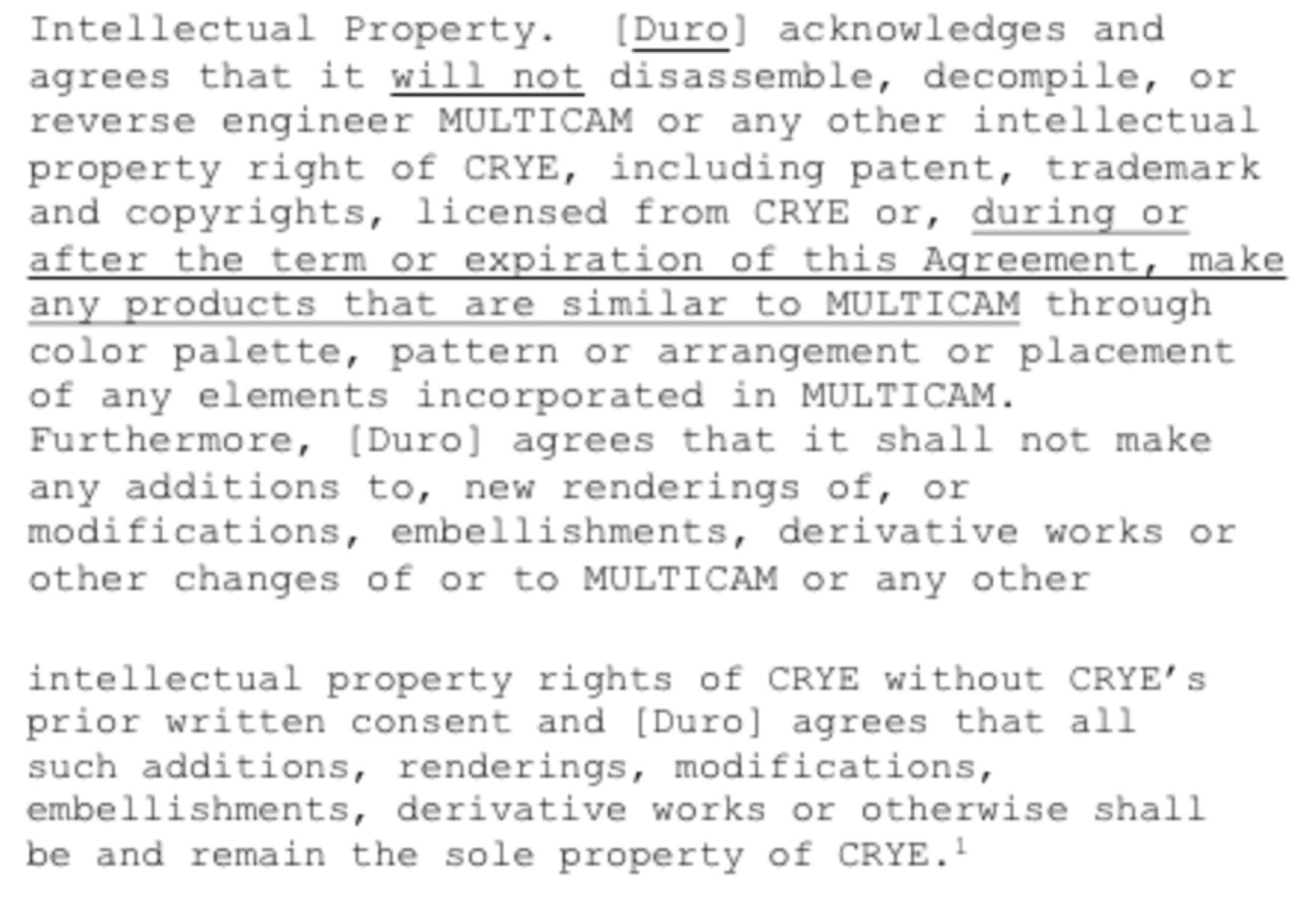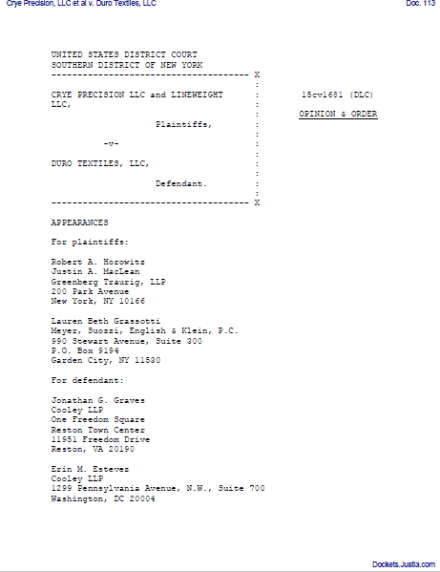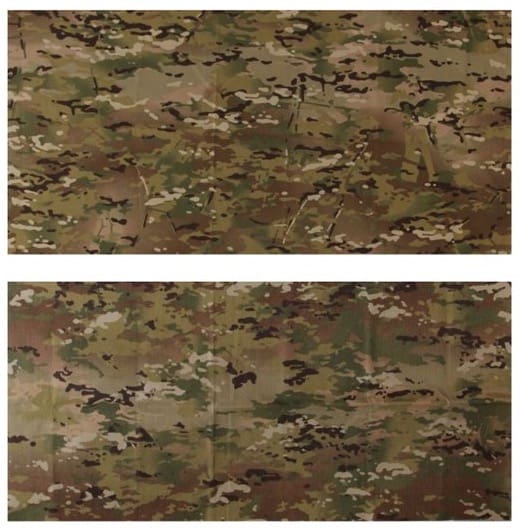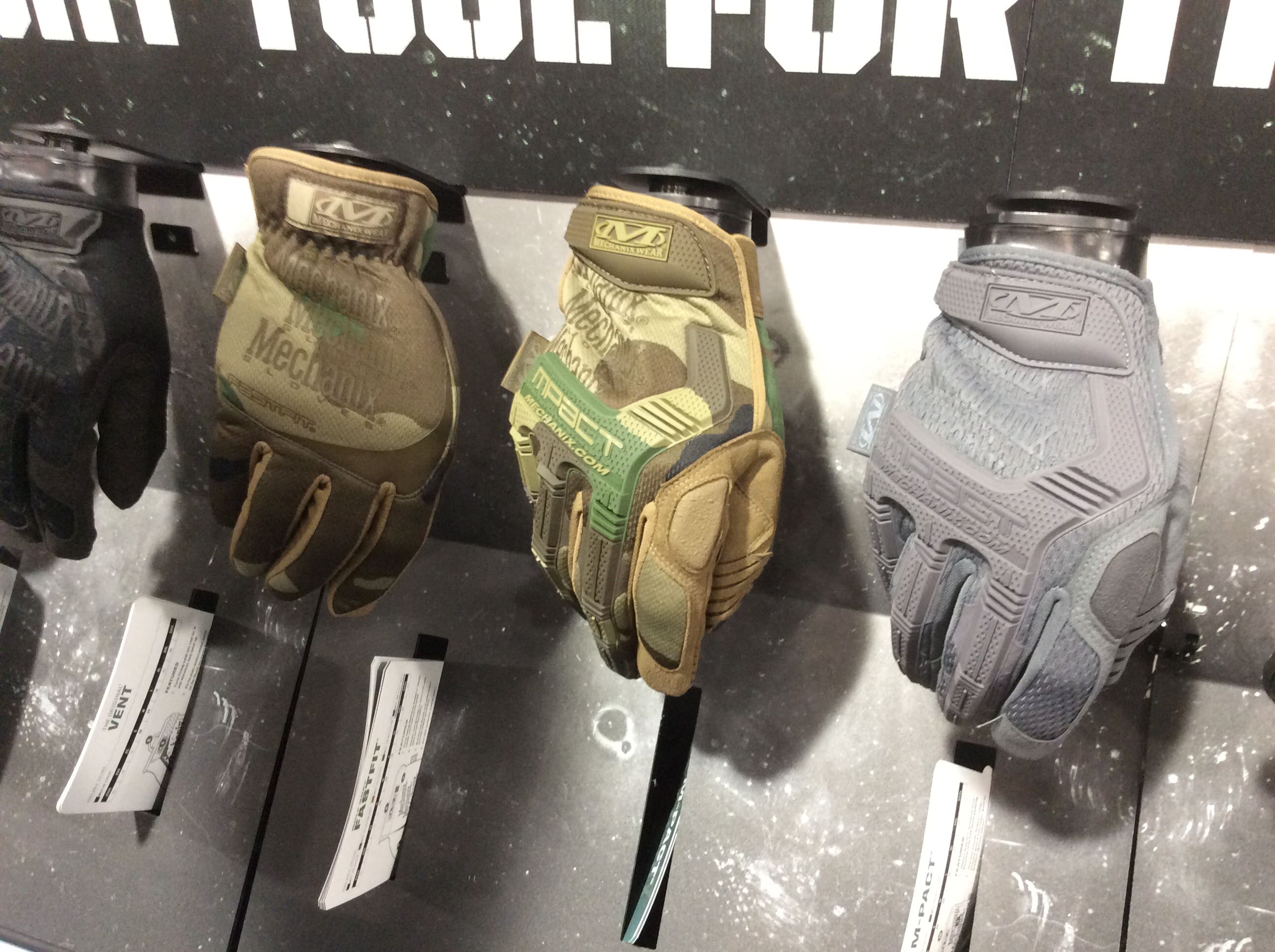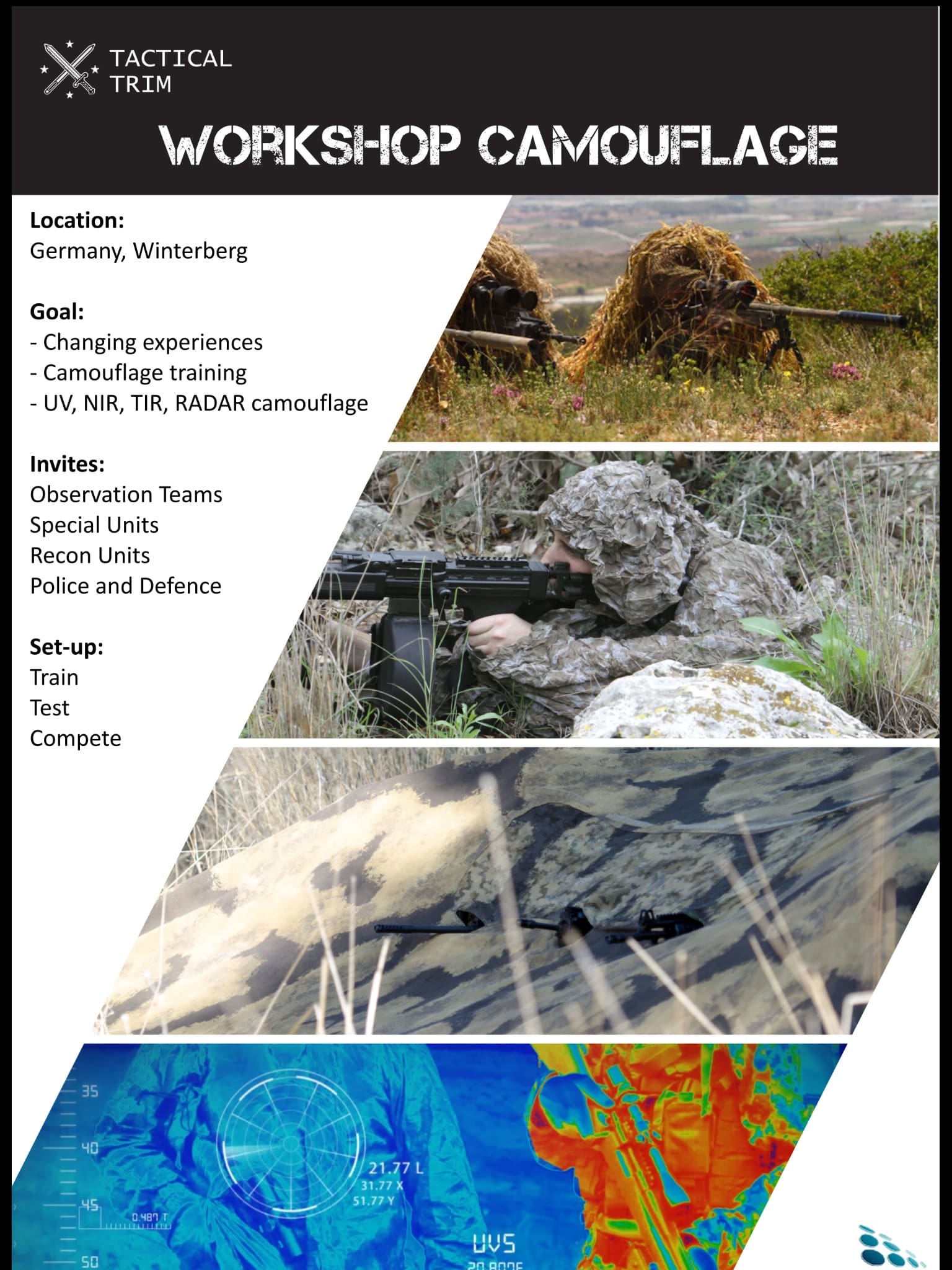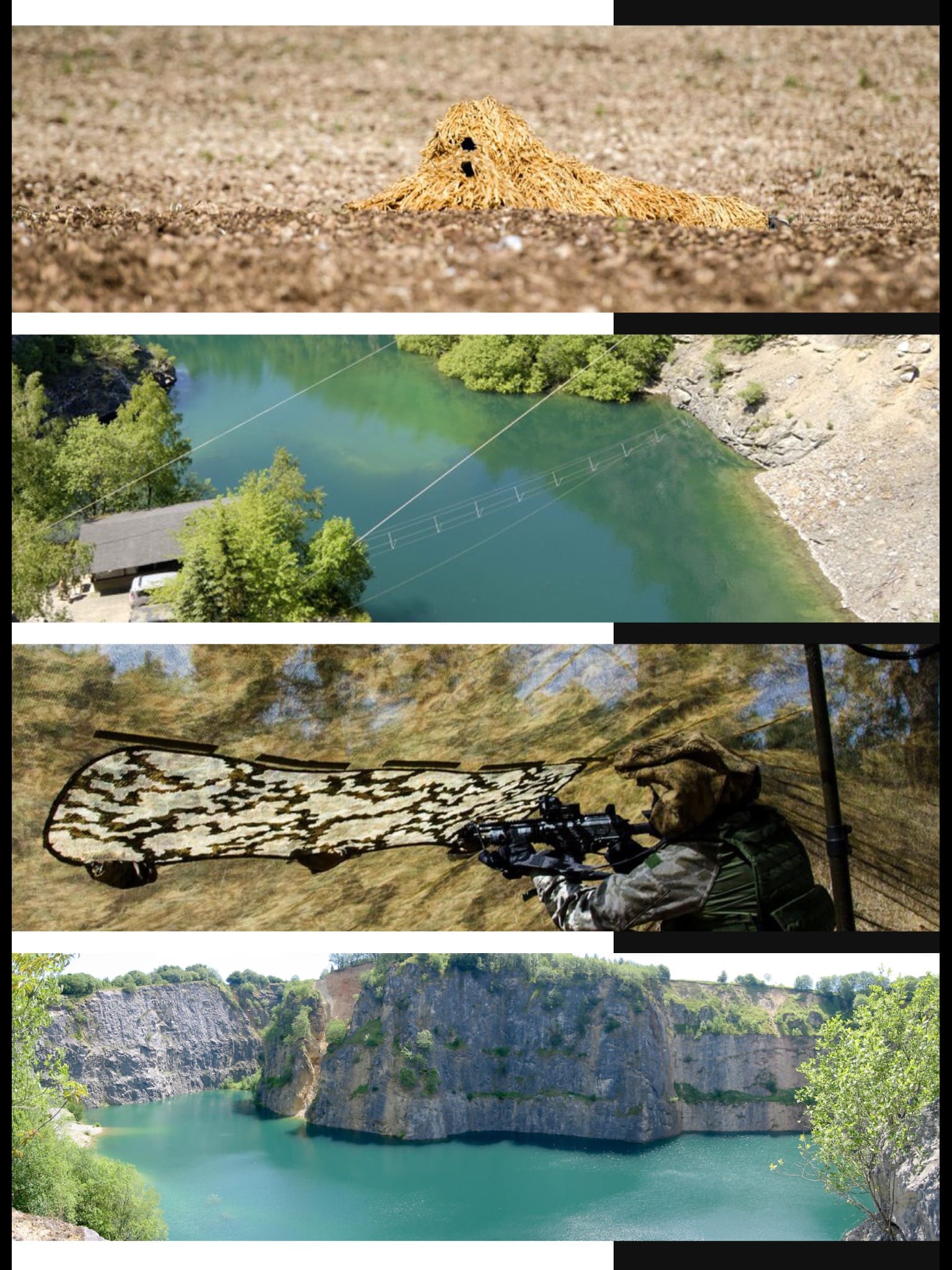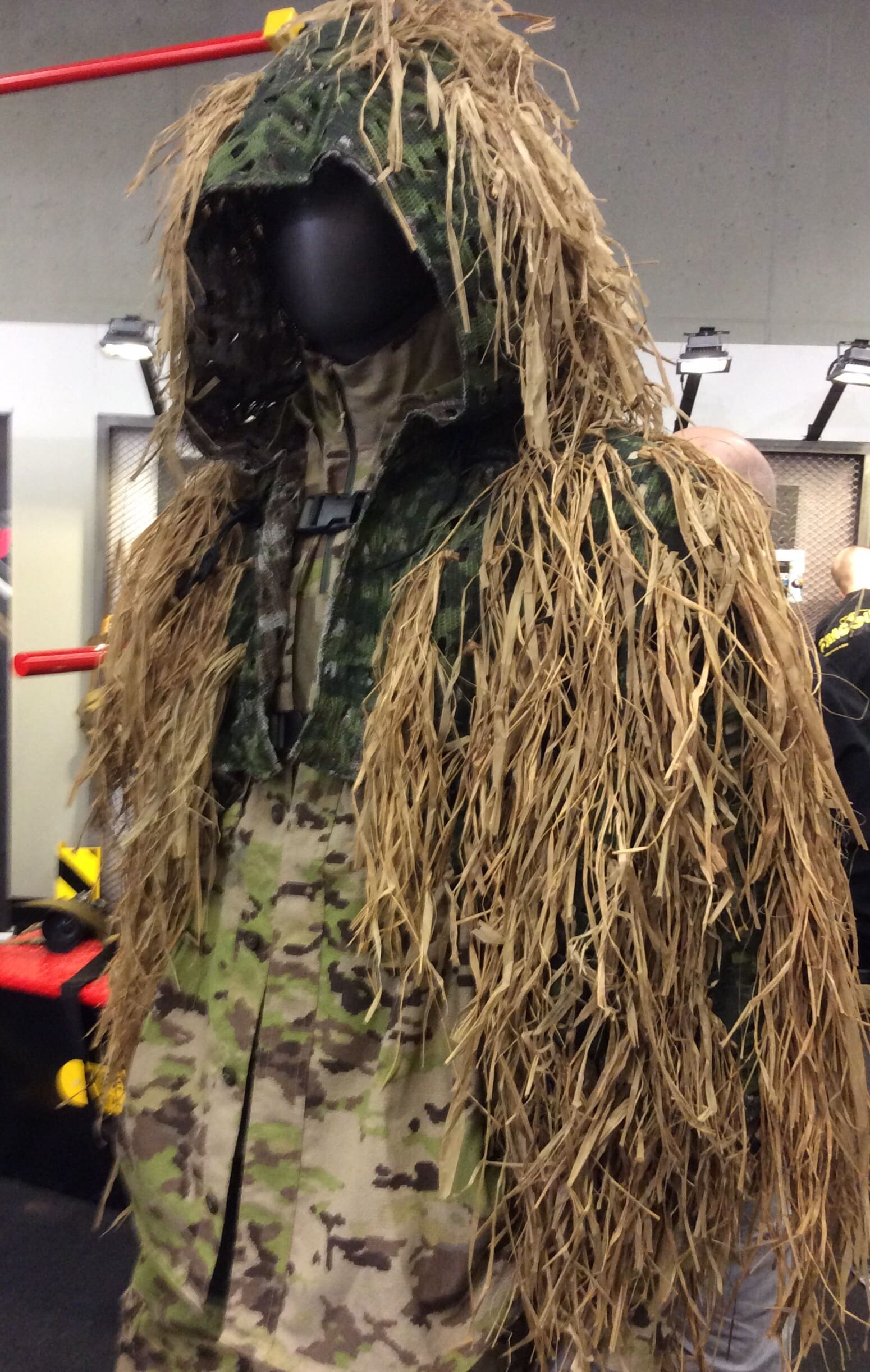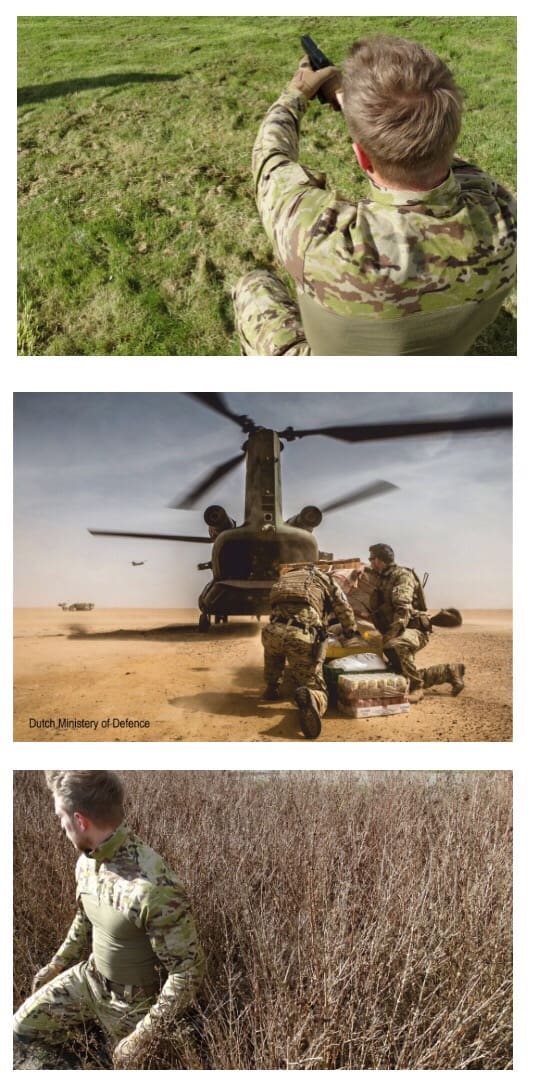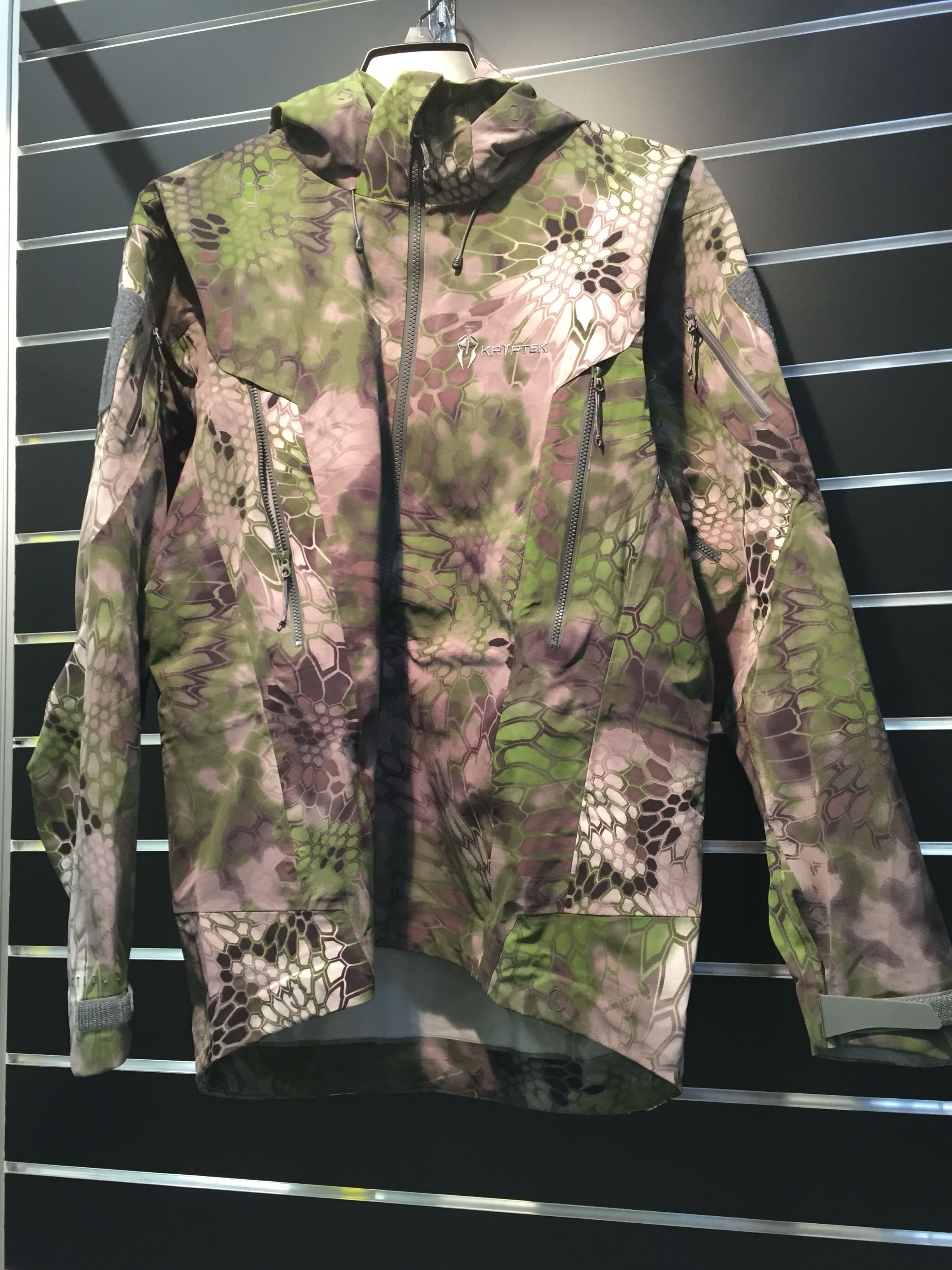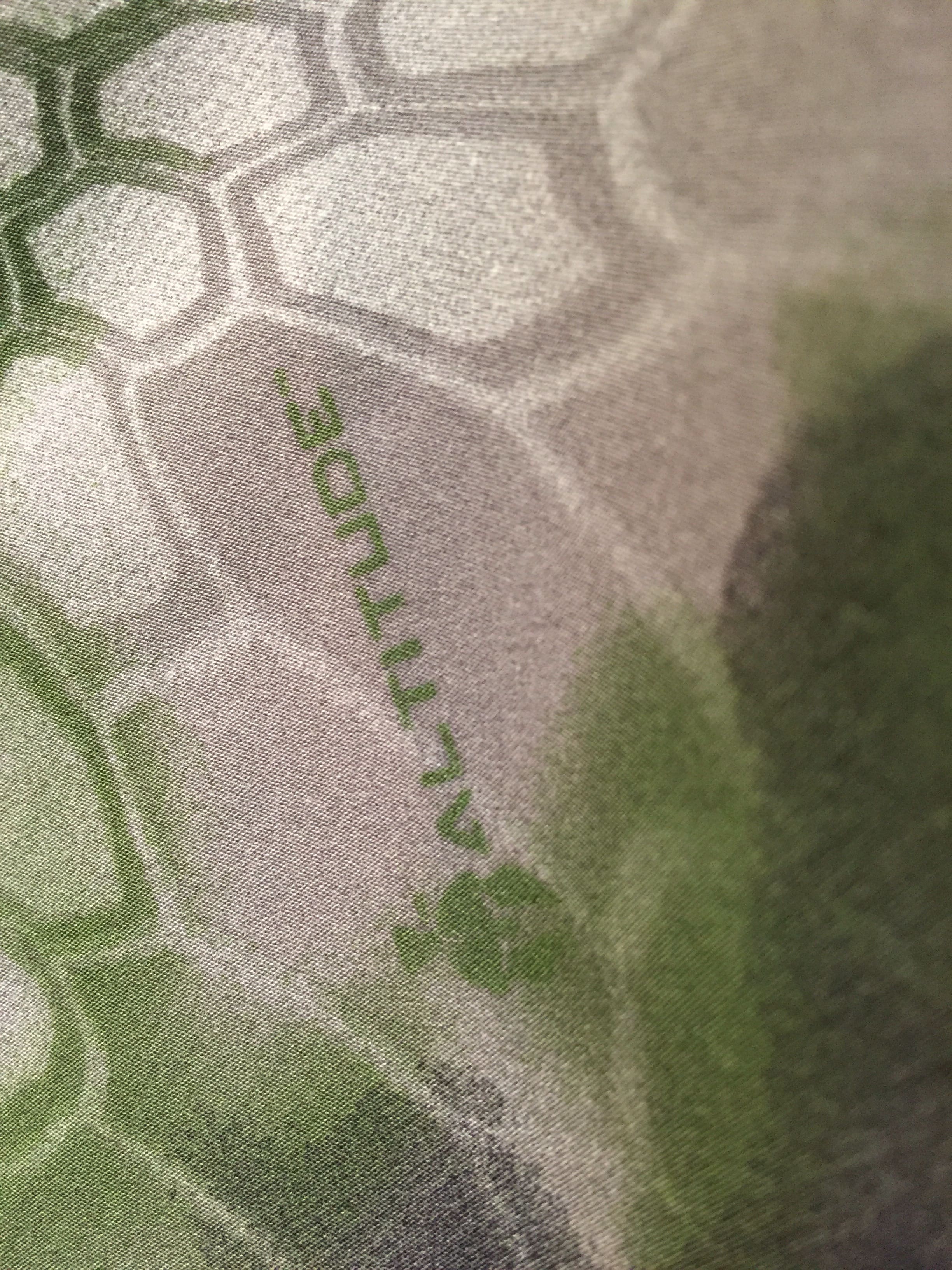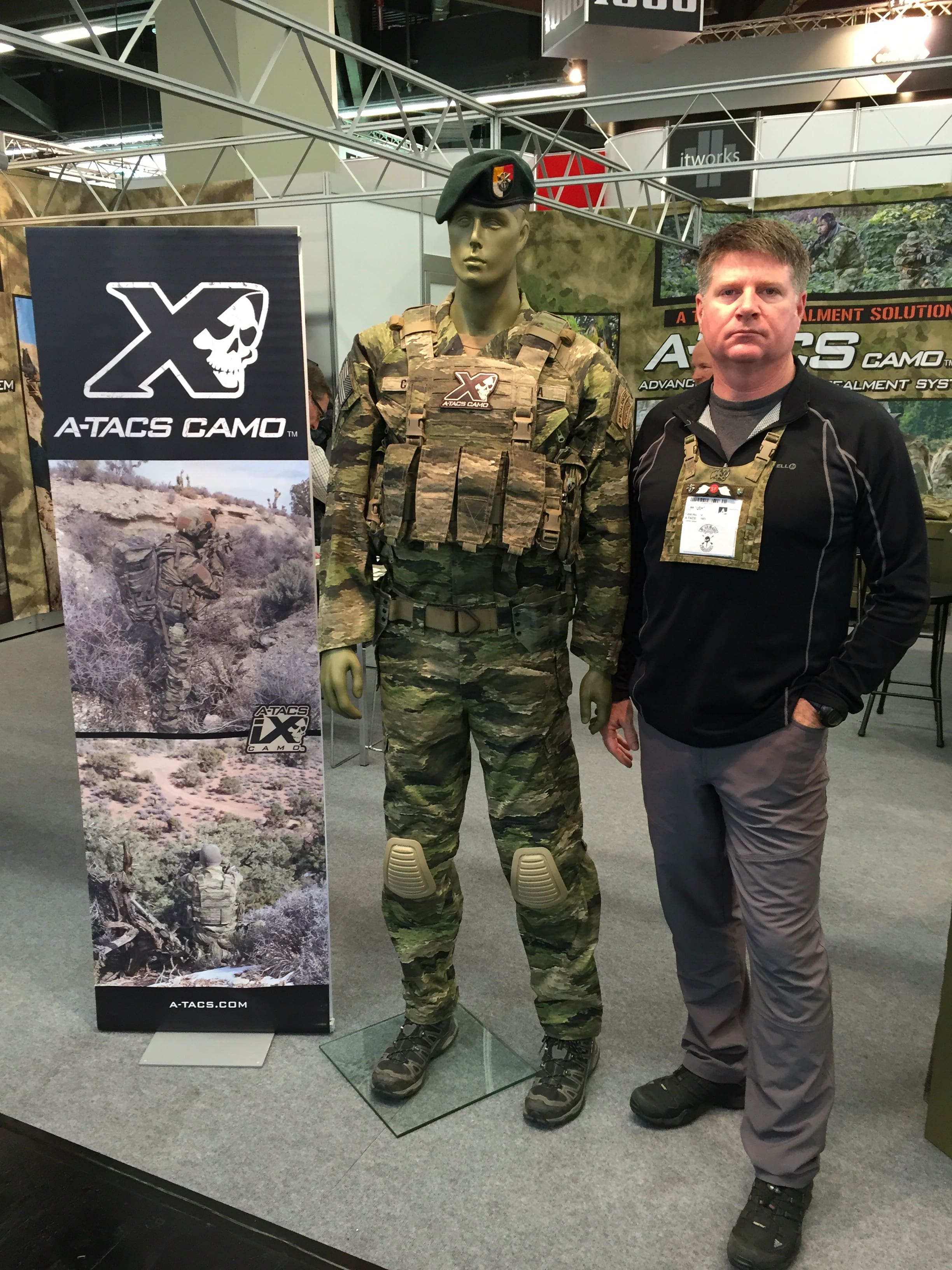On Friday, 22 April, 2016, Federal Judge Denise L. Cote published a ruling, granting Duro Textiles motion for summary judgement and dismissing with prejudice Crye Precision’s remaining claims against Duro Textiles, stemming from a lawsuit filed against Duro in early 2015. This is actually a second lawsuit although the initial suit was filed in late 2014 and withdrawn in early 2015.
Specifically, the Judge dismissed three specific allegations in this suit; breach of contract, trade dress infringement and common law unfair competition arising from Duro’s printing of a camouflage pattern owned by the US Government.
Crye Precision’s MultiCam licensing agreement was central to their claims against Duro. Duro last signed such an agreement with Crye in 2012 and once it had expired in 2014, and Duro began printing the Army’s OCP, legal actions commenced.
Below is the paragraph 3(h), in question.
According to New York law, this clause from the 2012 agreement is unenforceable due to reasons stipulated in the ruling. Furthermore, the judge ruled that it was too broad in scope. At face value, it seems like a pretty straightforward ruling by the court, until you consider that it could create a situation where the premise it is based upon fundamentally changes. The full order, seen below, is quite detailed and worth the read.
To be sure, this is a victory for Duro, but perhaps a bittersweet one. Duro was essentially a lone horse in printing OCP for the Army. Now, they are sure to see competition for this business in the future. What’s more, the Army may well lose control of the pattern it created for use in place of MultiCam. Whether the Army likes it or not, we may see commercial OCP, or really close copies, by Christmas.
Here’s why. Much to the chagrin of those of us watching from the sidelines, the Judge’s decision does not declare whether MultiCam and OCP (Scorpion W2) are similar. Rather, the court is very clear that Duro is just printing what the Army paid them to print; namely, OCP and claims that the government can tell the difference.
Judge Cote dismissed Crye Precision’s claim of trade dress infringement. The court’s ruling may well have set creating about an interesting situation. Consider this:
The Government is the creator and only purchaser of Scorpion W2. It is a sophisticated consumer, as its creation of Scorpion W2 and its announced switch from MUTLICAM in 2014 evidences. Duro’s only sales of Scorpion W2 have been for the Government, specifically to Government contractors and subcontractors in the supply chain for the U.S. Army. These contractors order Scorpion W2 from Duro by name. Thus, while MULTICAM and Scorpion W2 compete in the same Government sales market, there is no likelihood of actual confusion on the part of the Government or its contractors.
It’s the second and third order, or should I say “disorder” effects that will be interesting. For example, what if the consumer is no longer just the US Army but also commercial customers. Could that expanded consumer group tell the difference between these two patterns?
This exact situation may be additional fallout from this ruling, and it may not just affect Crye Precision. By declaring the competition clause of Crye’s licensing agreement void, could printers, licensed or not, begin to make counterfeit versions of MultiCam, or for that matter OCP, consequence free?
Although Judge Cote declared the provisions of Crye Precision’s licensing agreement too broad, you have to wonder how specific they would have to be to satisfy the court and protect the pattern(s). As far as I know, current licensees are under a newer 2014 version of the contract which may contain updated language that already addresses the court’s concerns and were signed under different circumstances than the long-standing agreements with Duro. It must be noted that this ruling by Judge Cote is specific to the situation with Duro.
It is yet to be seen whether Crye Precision will appeal the ruling, but it doesn’t stop them from defending their IP on other fronts. Also, although many are concerned with license fees for the printing of both MultiCam and OCP. This ruling doesn’t address them. Regardless, the bottom line here is that Crye is going to have to sue the US Army if it wants to ultimately settle the MultiCam vs OCP question. We’ll keep you posted if we hear anything.


